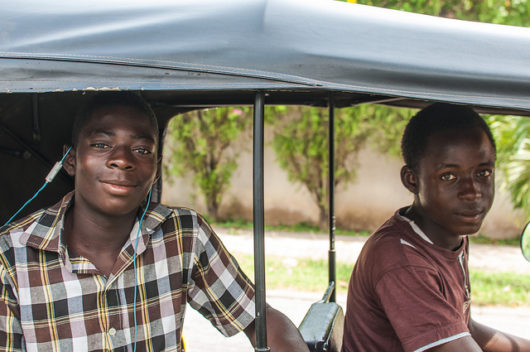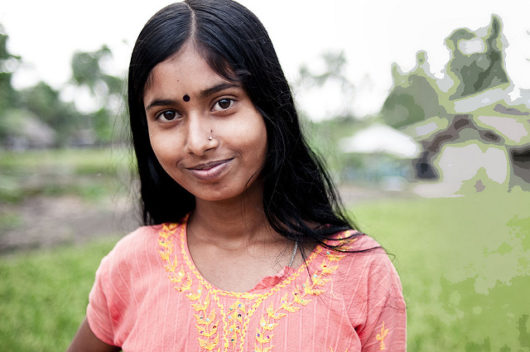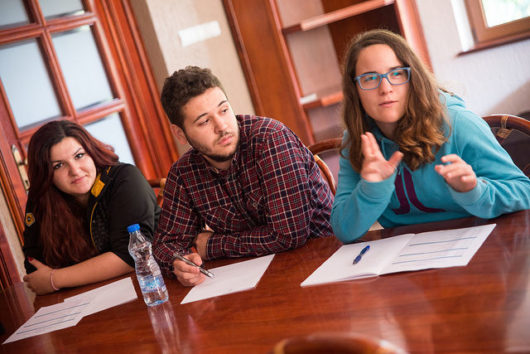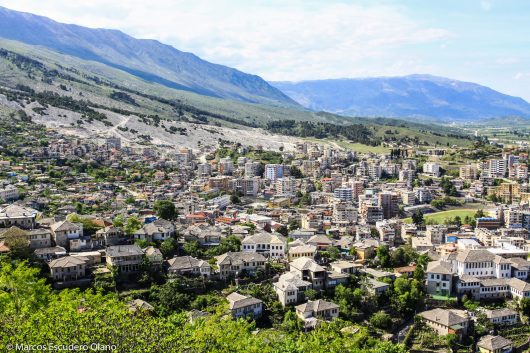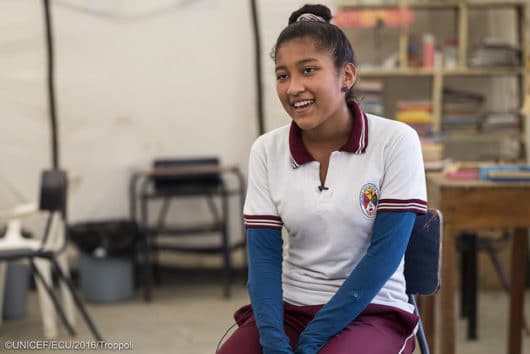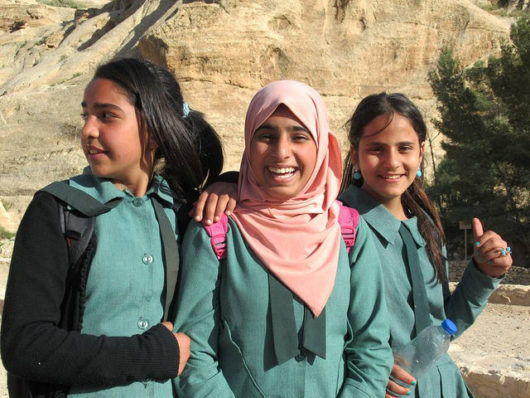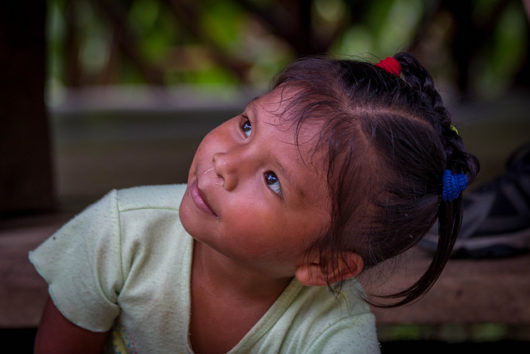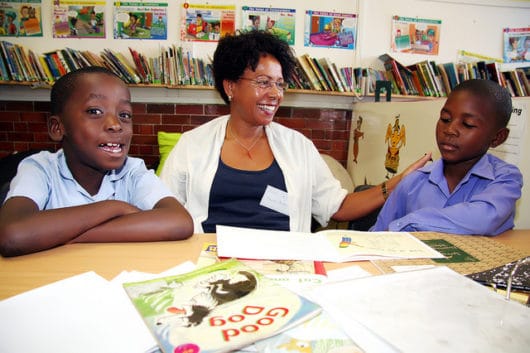
Education programs in South Africa have been working tirelessly to aid the country’s effort to establish a holistic and accessible education system. Education is one of the key aspects that can successfully diminish the level of poverty that the country faces. By educating the youth, the country creates opportunities for individuals to escape the cyclical chains of poverty and pursue career paths that can provide them with higher standards of living.
South Africa’s education system is still recovering from the 1953 Bantu education law that essentially targeted the black community and their access to education, resulting in a depletion of opportunities for them to gain education and resources to pursue a career other than that of laborers. The government is currently focusing on this issue, but aid is still necessary. In 2017, the South African government allotted 17 percent of its budget to education. While this is a good statistic, much of this has focused higher
education, so early childhood and basic education are areas that still need improvement.
WonLife
WonLife is one the education programs in South Africa. It is a nonprofit organization registered in 1999 that focuses on providing holistic education and health resources to the youth and educational programs for the teachers as well. The organization has been working in the impoverished area of Fisantekraal, South Africa, located right outside of Durbanville. Explained in detail below are the four mains focus areas within the organization.
The Early Learning Centre
This is a registered, independent, Grade-R preschool that was established in 2007. Grade-R means that this center doesn’t only provide a curriculum that will prepare the kids for their next school year, but holistic education socially, mentally and physically gives young students the foundation for a lifetime of learning. The center receives about 120 students a year. Starting out at as a daycare, the early learning center has become a safe haven, both emotionally and physically, for young children to go and discover the world around them without harm or threat from the poverty-stricken area in which most of them live. The center is now equipped with one principal, four teachers, two assistant teachers and two kitchen/facilities staff.
The Literacy Centre
The Literacy Centre was opened in May 2013. Its goal is to provide children with critical reading and comprehension skills. Students in grades one through three need these skills as a foundation for the rest of their academic careers, which is why WonLife created a center dedicated to making sure each child obtains this knowledge before moving on to higher education. The program uses curriculum from Shine Literacy, a nonprofit organization focused on English literacy. The Literacy Centre also facilitates a much smoother transition for students that come in speaking
Xhosa, one of the native Bantu languages, by helping them master English before moving into the intermediate phase of schooling.
High School Programme
The High School programme has two focuses: health and education. For health, the programme works with external organizations to provide health care to students. Some examples of these organizations are OneSight, that offers eye-care to students and The Usapho Foundation that offers teen parenting workshops for young parents attempting to continue their education. In respect to education, the programme has an Education Centre. This is a secure environment that provides students with the sources and space to study and work on homework and projects. Coming from a poverty-stricken area, a large issue for students is finding a safe-haven where they can work on their schooling without distraction or danger. The High School Programme plays a huge role in helping these students advance their academic careers in a healthy and safe state.
Teacher Mentorship Programme
Established in 2015, the Teacher Mentorship Programme shifts the focus from the students to the teachers. Teachers that are working in local schools often have a problem in the sense that they received an education at an underperforming school and have lack of exposure to formal teaching training. Recognizing the importance of capable teachers in the effort to further education in South Africa, WonLife worked with one of the local government schools to create this programme. The programme mentors and coaches teachers to improve lesson planning, lesson delivery, student assessment and classroom set-up.
It also provides teachers with soft skills like effective communication, professionalism, teamwork and time management. It currently equips 15 teachers working at Trevor Manual Primary School with the tools to provide a holistic education to their students. There are 200 students within each grade, totaling at 600 students between the grades one through three. This means that teachers have the opportunity to reach and benefit the educational trajectory of 600 students a year.
WonLife is only one example of education programs in South Africa that are working to improve education, especially in early childhood. The organization offers newsletters that give updates to the state and progress of their work being done in Fisantekraal. By facilitating holistic education to the youth of South Africa, they are providing people with opportunities to have choices and break the cycle of poverty, eventually lowering overall rates of poverty. The presence of WonLife, and organizations like it, will
do wonders to improve the quality of life and growth of South Africa as a country.
– Mary Spindler
Photo: Flickr
